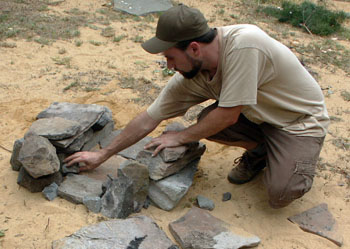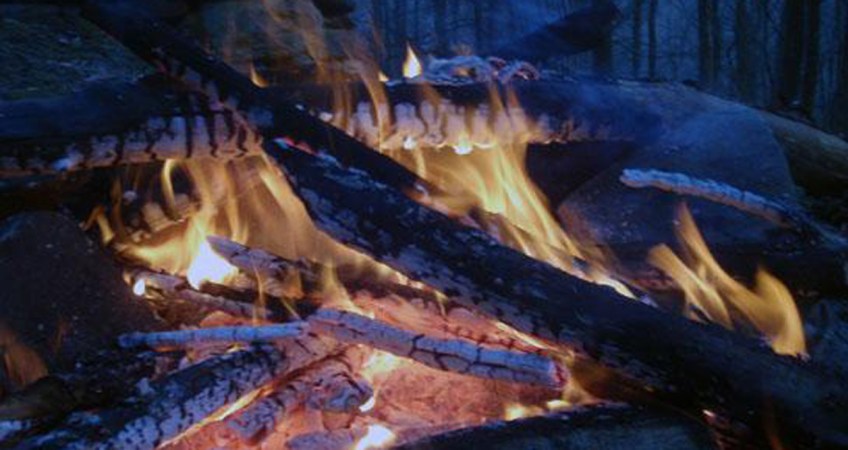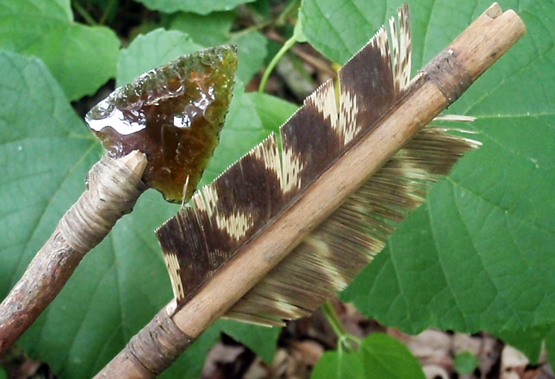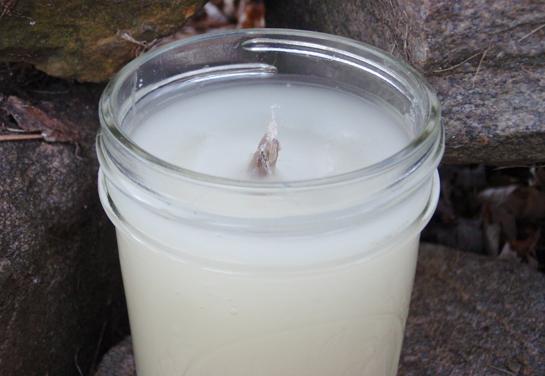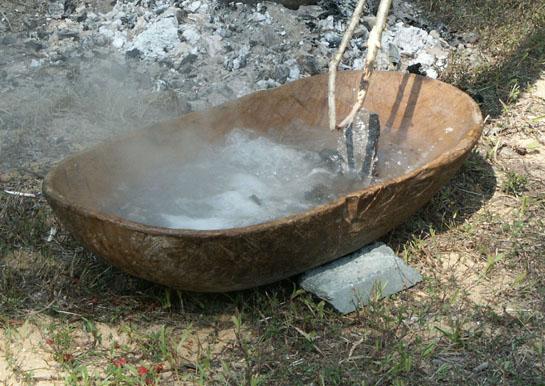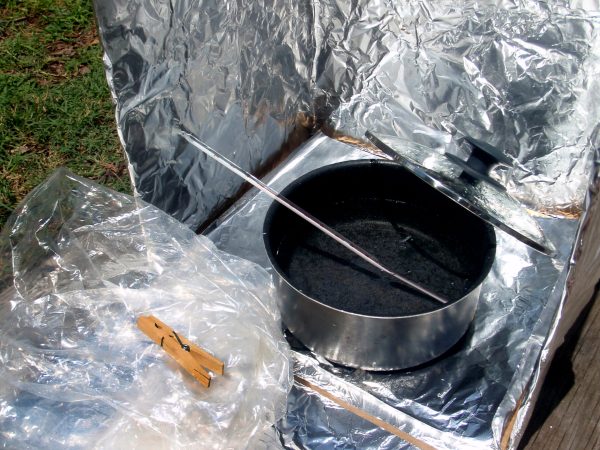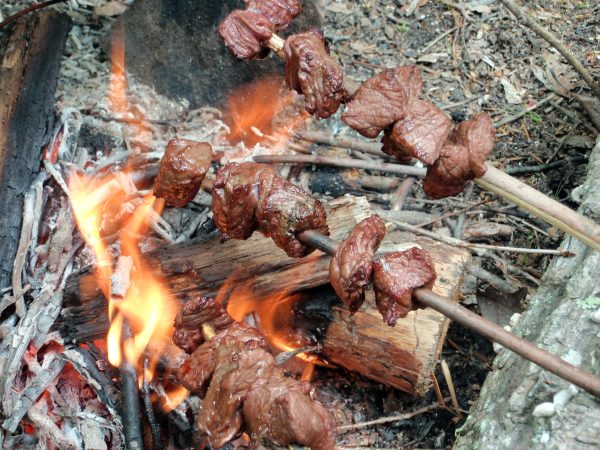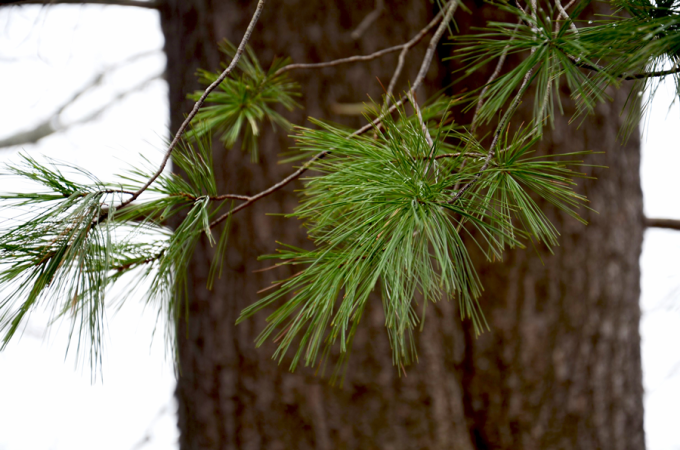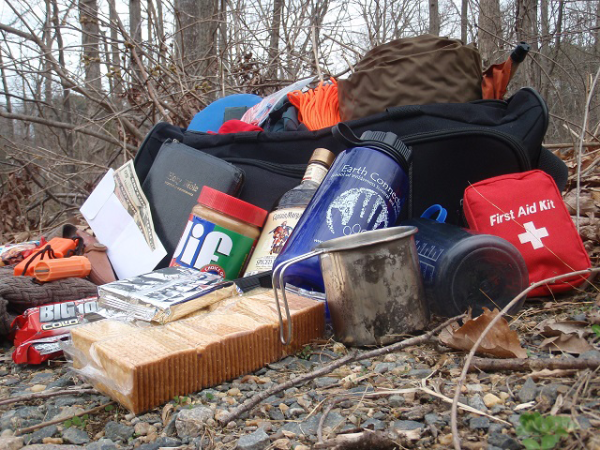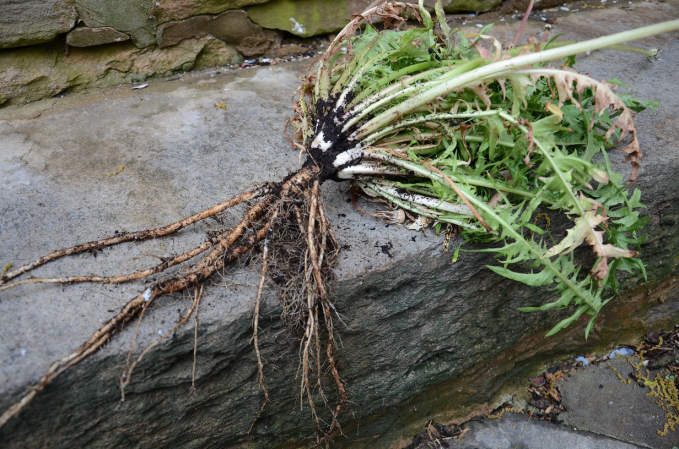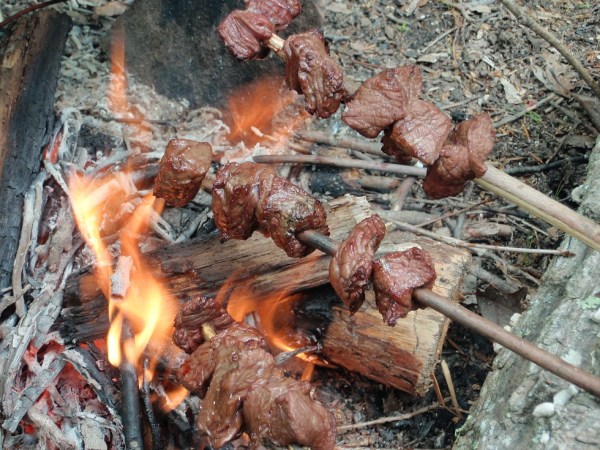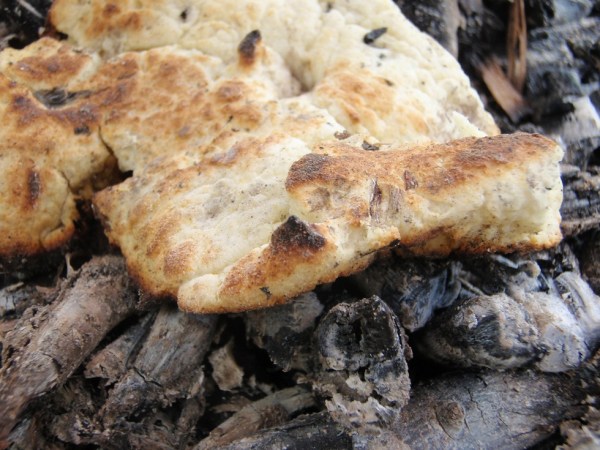After our chicory root coffee post the other week, someone asked us how we should roast our roots for coffee while out in the field. Well, that sounded like a good enough invitation for me to roll out one of my favorite wilderness kitchen projects: the stone oven.
The stone oven is a good cooking tool for meats, vegetables and even some breads. Once built, it can be used over and over again. With the work involved, this wouldn’t make much sense for a nomad, but it can be a useful addition to a permanent or semi-permanent base camp. And what a great way to cook a roast!
There are really two types of stone ovens: those that are either internally or externally fired.
For this installment, we’ll focus on the internally-fired oven, which is usually made of very large stones that can absorb a lot of heat, hold the heat, and radiate it back for some time. This oven type is heated by simply building up the fire inside the oven for at least an hour and a half (two hours is better). Just about any tight pile of suitable rocks with a hole in the middle and a door will work as an oven, but it’s always nicer to bring out your inner stone cutter to craft a decent looking oven.
To make a typical square oven, three walls are built out of stone and the gaps are filled with clay or mud. One or several large, wide rocks are placed on top to form the roof of the oven, and all gaps are caulked with clay. Think about the oven door as you build the walls and roof, looking for a stone that will fit well in the oven opening. Internally fired ovens should have an opening on the top at the back of the oven to act as a chimney during firing. Once built, the oven can be fired right away. Build the fire inside with the door in place, but cocked to the side. This ajar door allows the fire inside the oven to breathe, but it allows the door to heat up too.
Additional Tips:
Internally-fired ovens should be fired for 1½ to 2 hours, after which the ash and coals are swept out, the food is quickly placed inside, and the door and chimney are sealed as tightly as possible.
Use only stones from a dry area, as wet or waterlogged stones can explode dangerously when heated. Granite, soapstone and greenstone are the best and safest choices for these ovens.
Ever use a stone oven? Let us know what you prepared with it.
